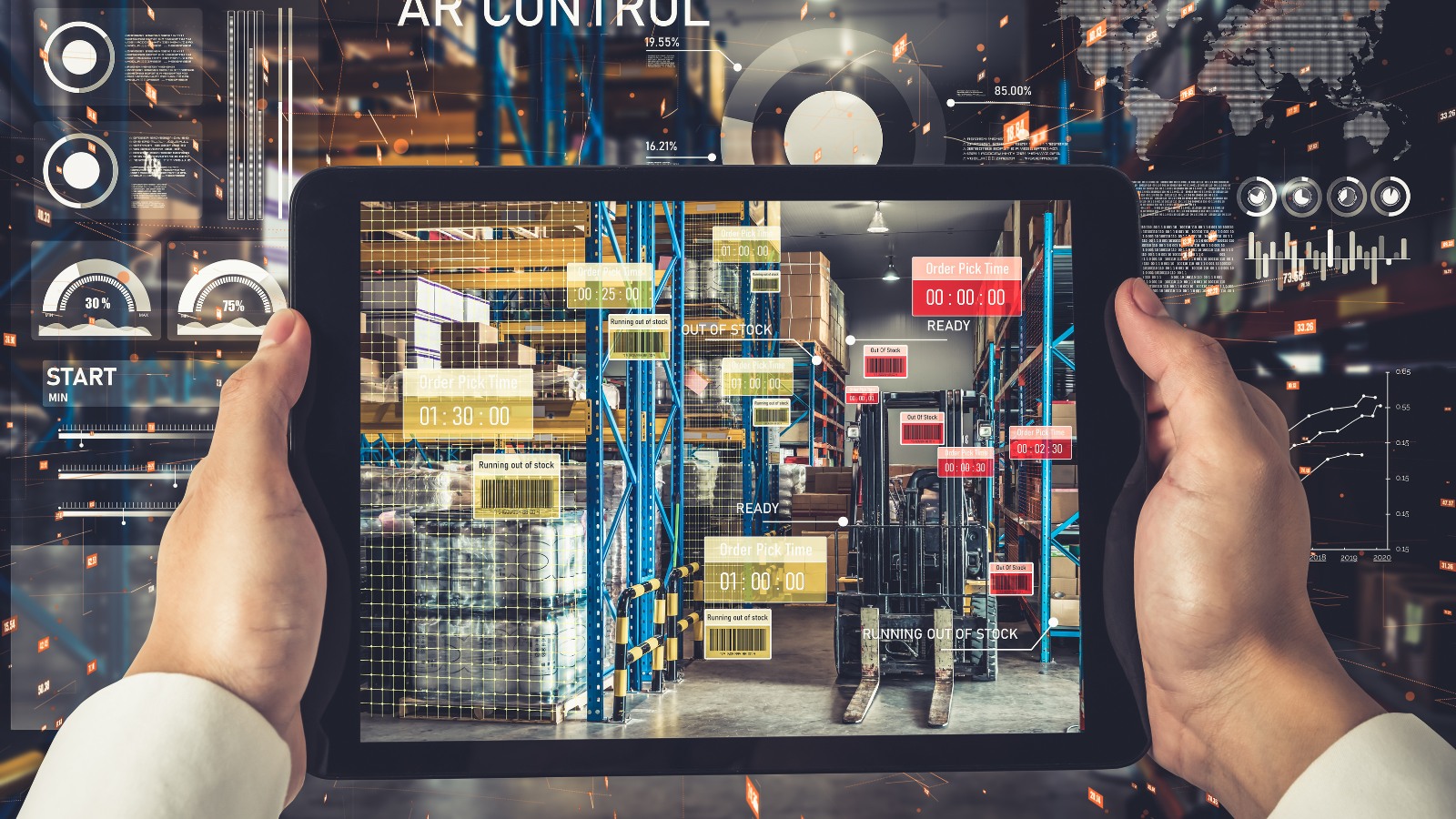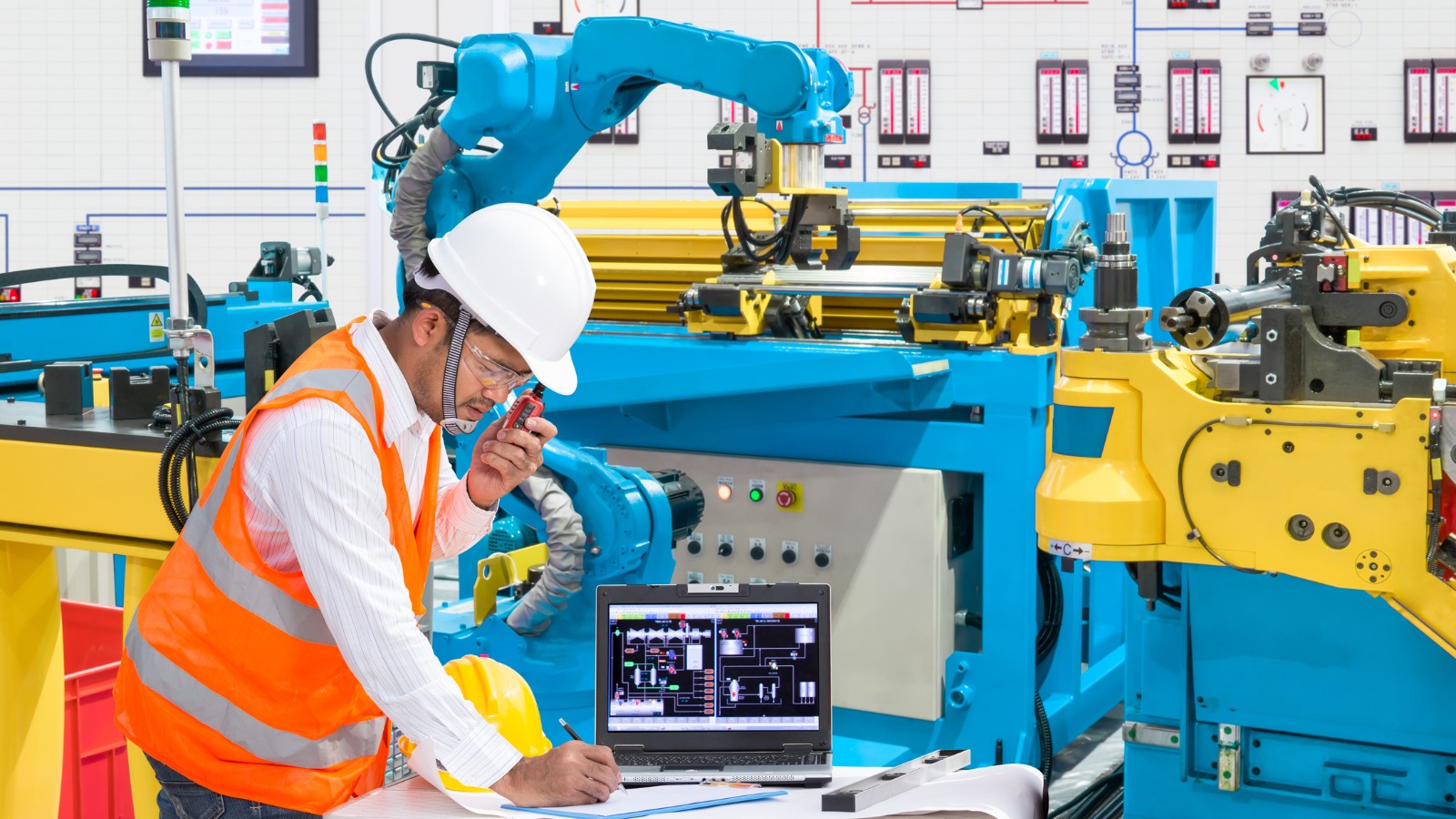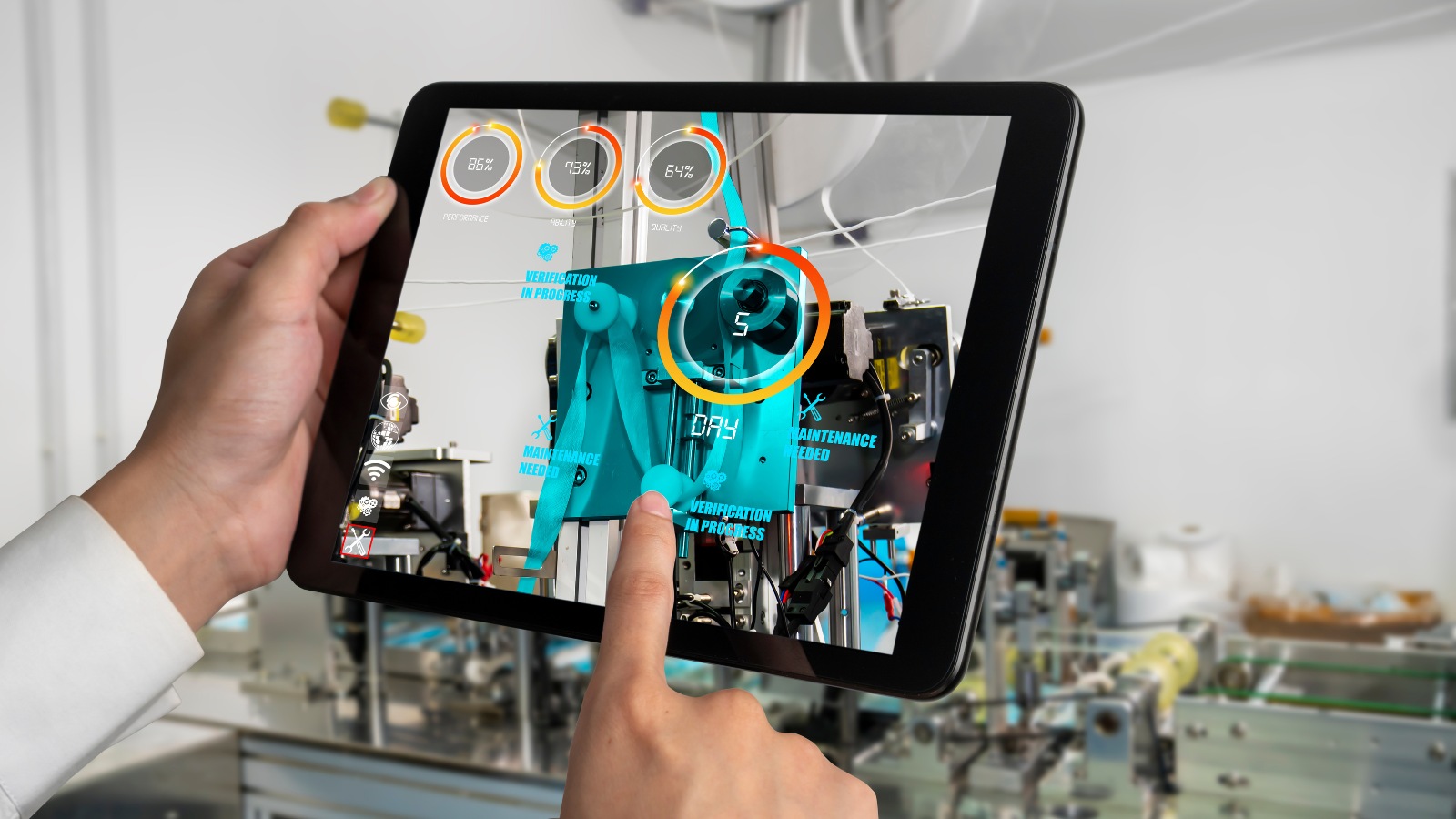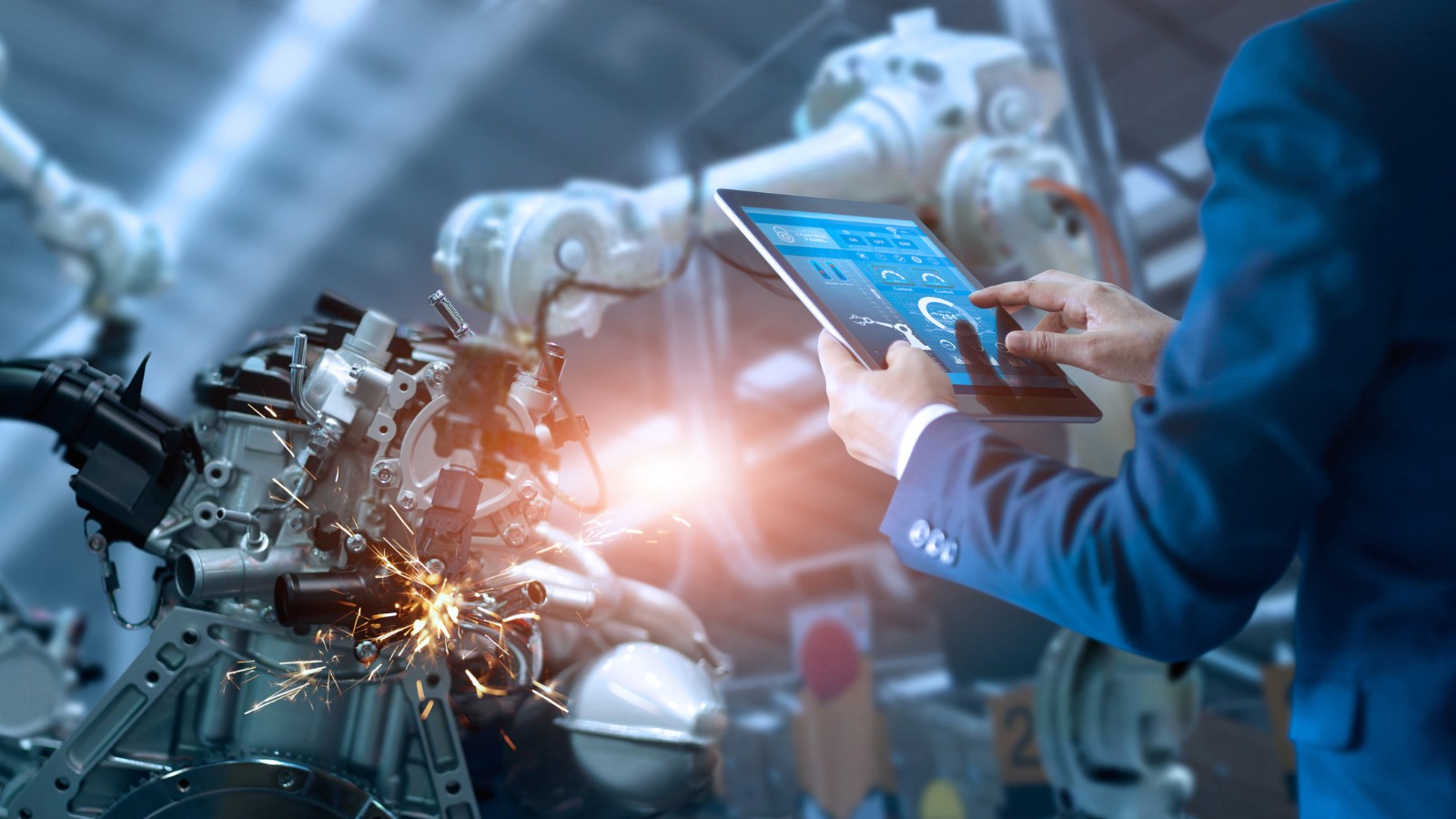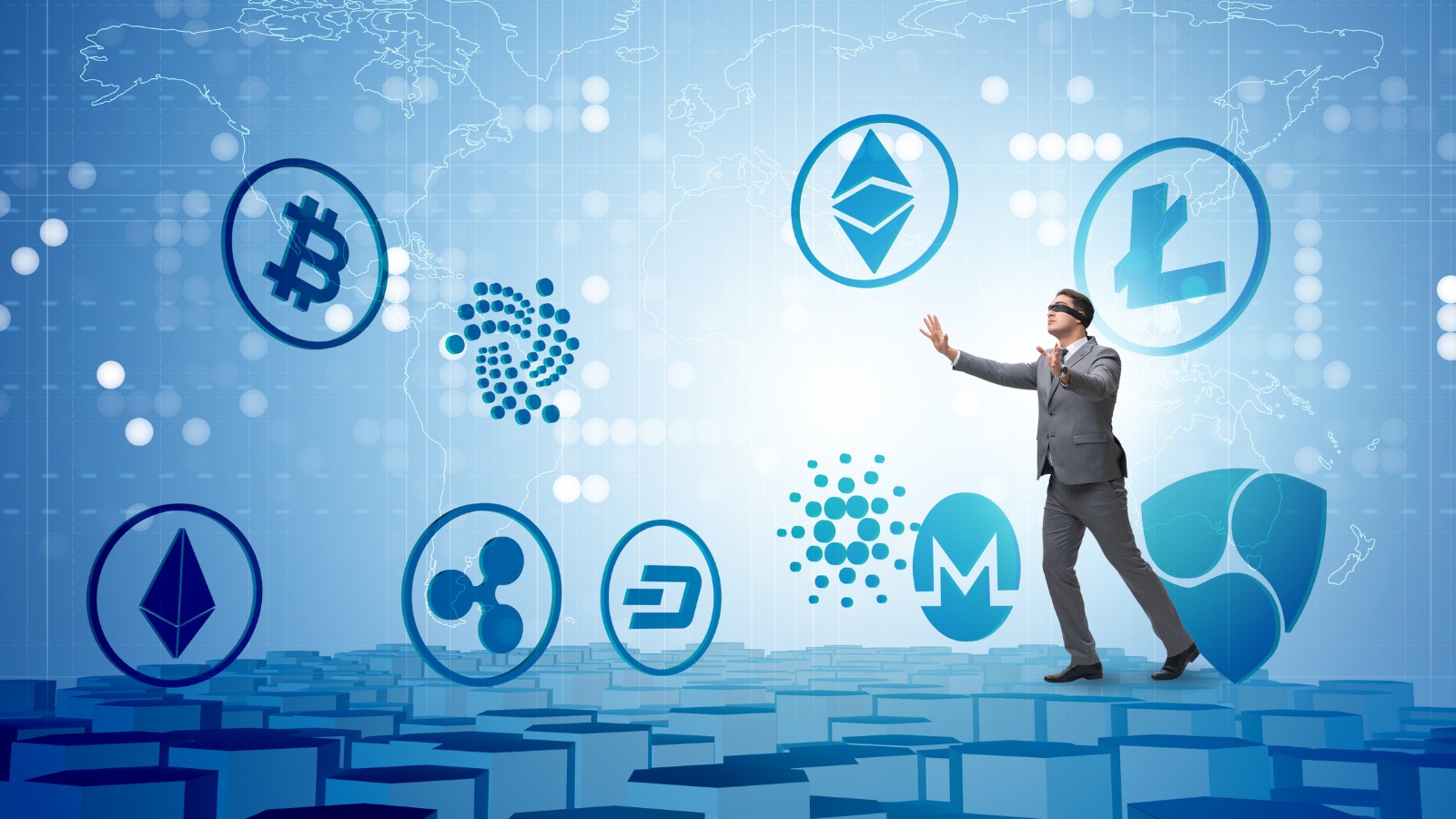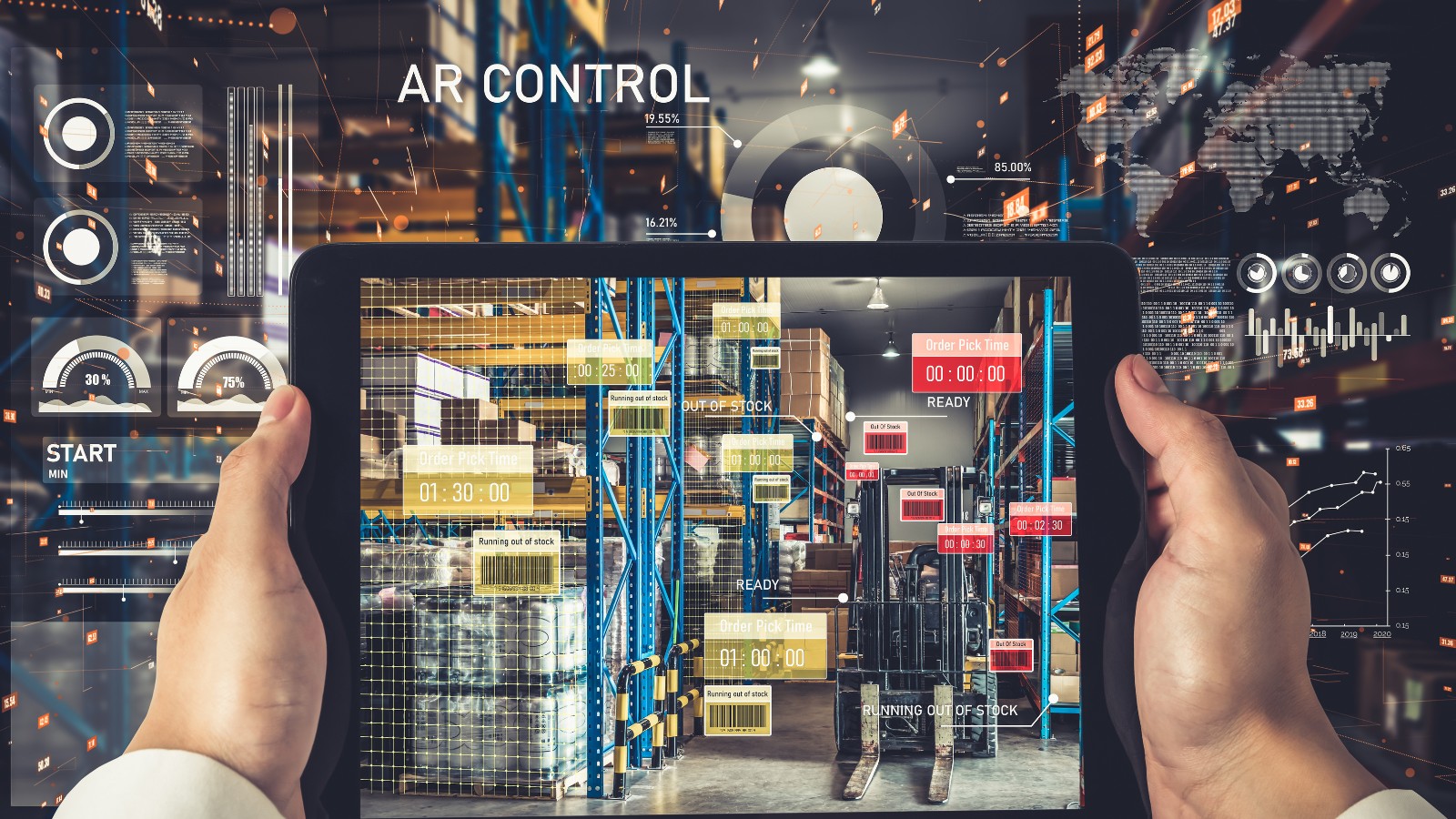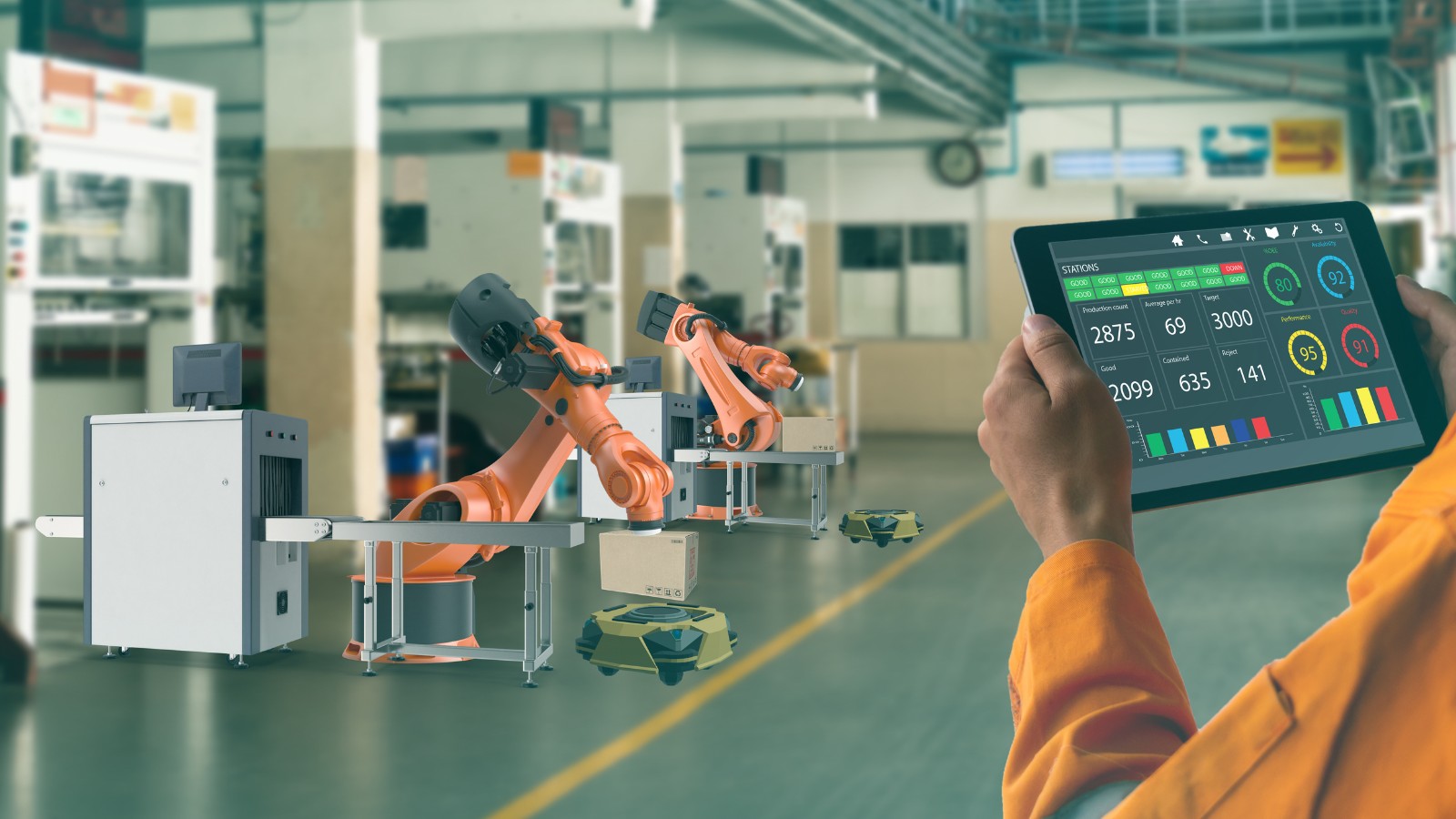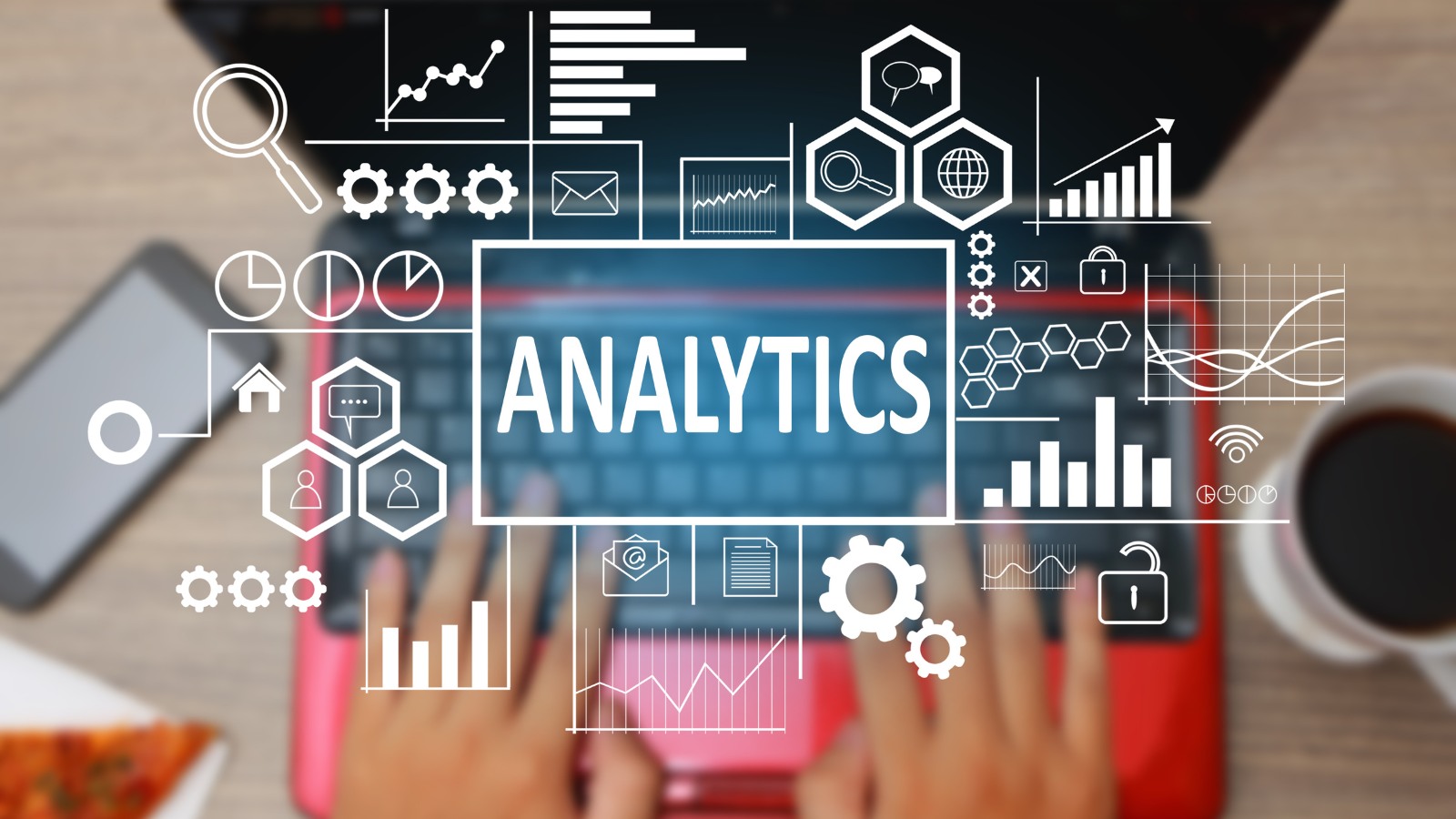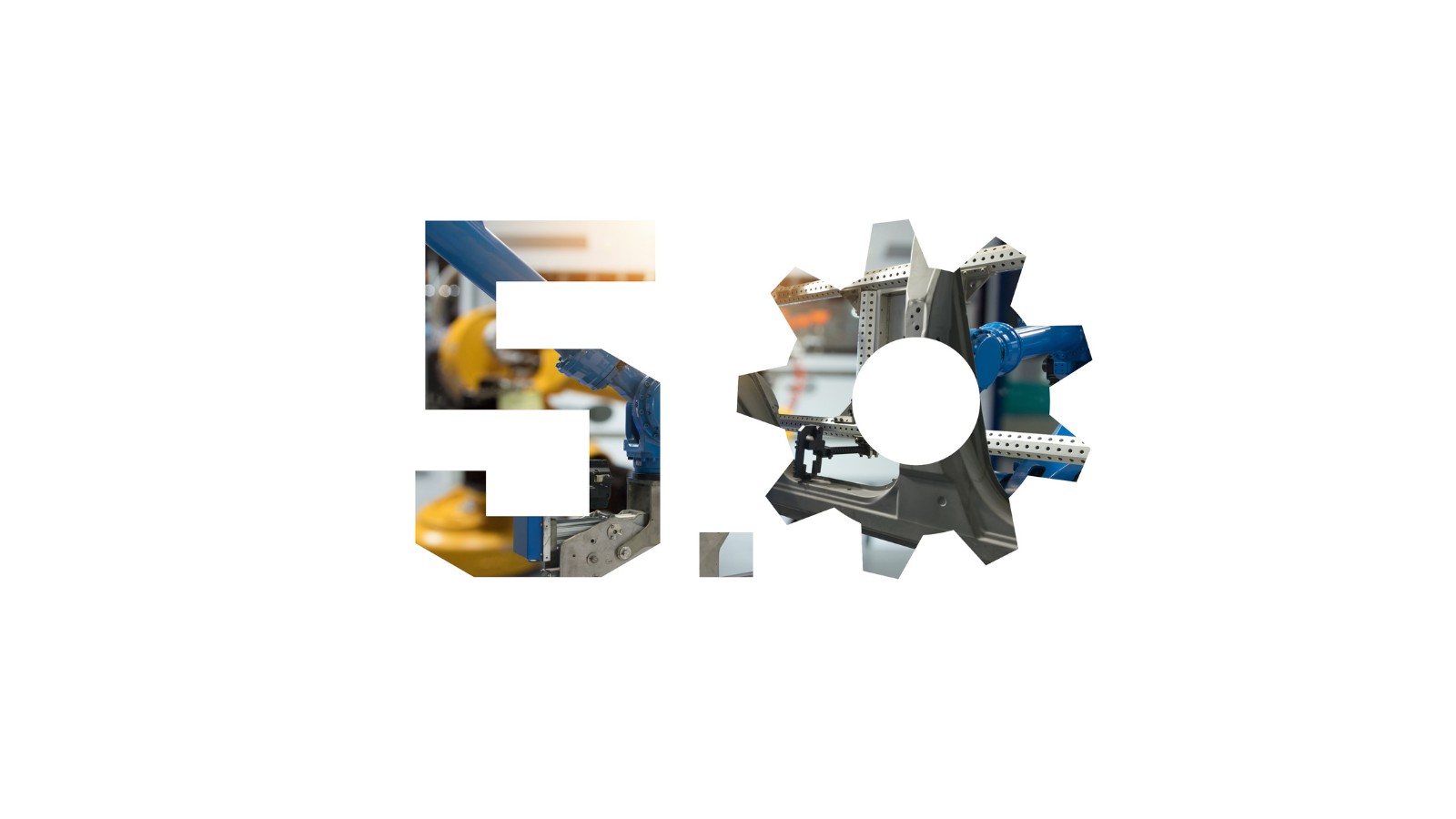The development of ‘smart warehouses’ symbolises a new era in logistics, made possible by the combination of automation and connectivity. This approach to change is giving rise to enormous...
Are you seeking new ways to automate your manufacturing production process and multiply your efficiency? Then the answer lies in the new technology. The manufacturing environment is being transformed...
Are you tired of dealing with complex software systems that are drastically different from each other? Do we not have any solution for this matter? The Internet of Things...
As much as the manufacturing operations become complex, they need a better implementation solution to drive success in the rapidly changing industrial landscape. An implementation solution that can bring...
Did you know that bad investment decisions over company assets are one of the major reasons for business losses around the world? Making smart investment decisions is crucial for...
What is the best formula to increase the business growth of your warehouse or inventory? Well, actually there are many formulas to be discussed, but warehouse management should own...
The rising concept of ‘Digital Twin’ is being used more in a multitude of production processes in the industrial world. Being a technology utilised for expert visualisation, digital twin...
All the industries around the world are now in a race for a data‑driven revolution.The manufacturing industry is one of the top in the race, as the manufacturing sector...
The number of software that exists today is numerous. Many software vendors consistently strive to develop innovative software solutions for low costs. This has been made possible by developers...
While many people are still discussing whether Industry 4.0 should be integrated into their business operations, the world is already moving on to the next big thing – Industry...

